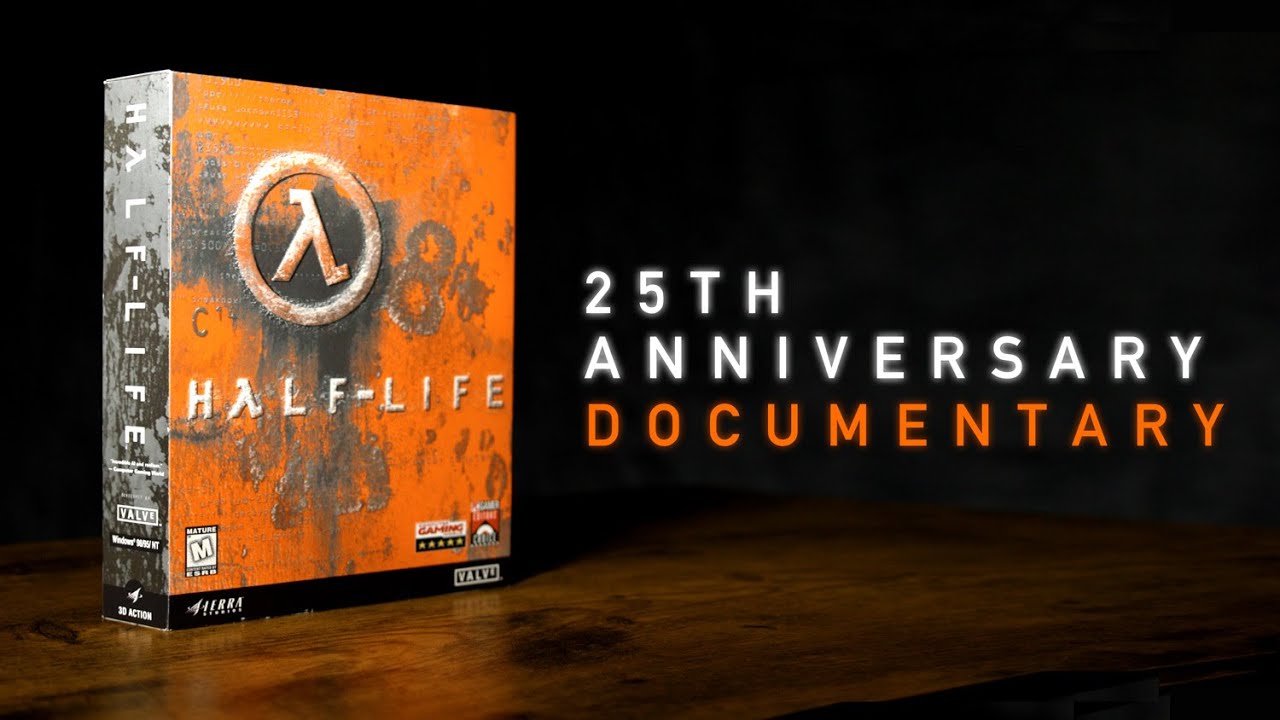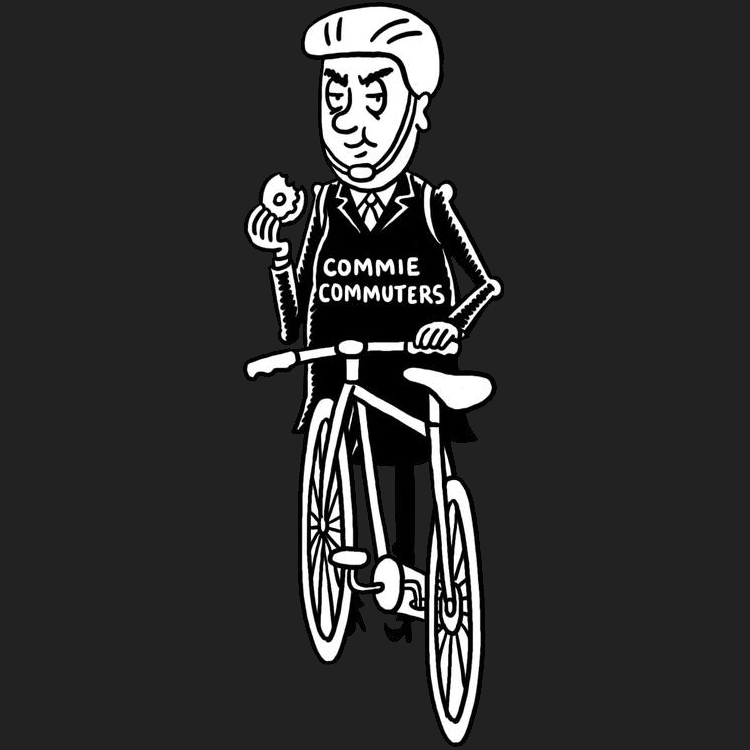this is really fascinating. definitely recommend watching this if you are at all interested in game development, CG art or animation
Half Life is free to keep on Steam right now btw
Good old article about the development process of HL:
Just about everything in Half-Life was designed by a Cabal. This at first seemed to add a bit of overhead to everything, but it had the important characteristic of getting everyone involved in the creation process who were personally invested in the design. Once everyone becomes invested in the design as a whole, it stops being separate pieces owned by a single person and instead the entire game design becomes “ours.”
This “ours” idea extended to all levels. Almost every level in the game ended up being edited by at least three different level designers at some point in its development and some levels were touched by everyone. Though all the level designers were good at almost everything, each found they enjoyed some aspect of level design more than other aspects. One would do the geometry, one would do monster and AI placement, our texture artist would step in and do a texturing pass, and then one would finish up with a lighting pass, often switching roles when needed due to scheduling conflicts. This became critical toward the end of the project when people finished at different times. If a play-test session revealed something that needed to be changed, any available level designer could make the changes without the game getting bottlenecked by needing any specific individual.
The Workers Control the Means of Production
Even with all emphasis on group activity, most of the major features of Half-Life still only happened through individual initiative. Everyone had different ideas as to what exactly the game should look like, or at least what features we just had to do. The Cabal process gave these ideas a place to be heard, and since it was accepted that design ideas can come from anyone, it gave people as much authority as they wanted to take. If the idea required someone other than the inventor to actually do the work, or if the idea had impact on other areas of the game, they would need to start a Cabal and try to convince the other key people involved that their idea was worth the effort. At the start of the project, this was pretty easy as most everyone wildly underestimated the total amount of work that needed to be done, but toward the middle and end of the project the more disruptive decisions tended to get harder and harder to push through. It also helped filter out all design changes except for the ones with the most player impact for the least development work.
I found a YouTube link in your post. Here are links to the same video on alternative frontends that protect your privacy:




